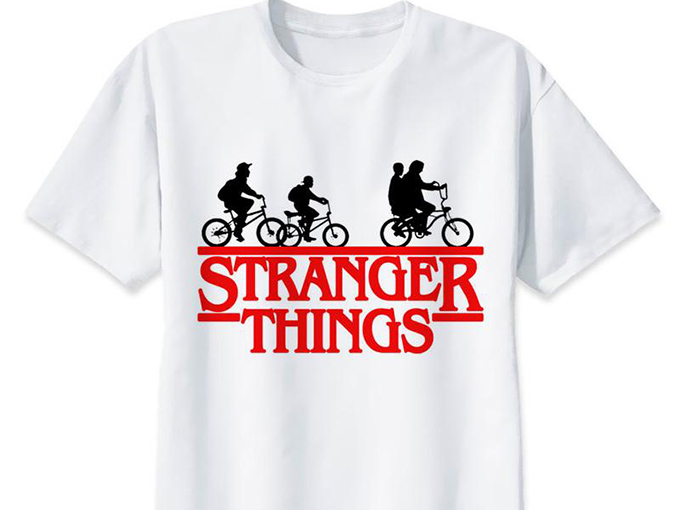We at KidsKnowBest asked parents whether thinking about Netflix viewing specifically had ever led to (or potentially lead to) a toy, clothing, app or book sale for our new report on the SVOD, which looked at kids viewership on the platform.
While it’s obviously hard to isolate the impact of viewing Peppa Pig or PAW Patrol on Netflix, the percentage of parents willing to lay down some cash for their kids favorite shows is still small. Only 6% of parents to zero- to three-year-olds have bought a Peppa Pig toy after viewing it on Netflix. When you look at one of the SVOD’s originals, such as True and the Rainbow Kingdom, less than 1% of families with zero- to seven-year-olds have bought a product related to the show.
So is Netflix able to sell consumer products for its own shows? The short answer is: no—not on its own, not yet.
There’s some promising data here though. We asked viewers of PAW Patrol (one of the most watched shows on the platform—check out yesterday’s story to find out what else made the list) how many of them had bought a toy related to the show, and 38% of those polled in the UK said they had. Twenty-seven percent said they had bought PAW Patrol-related clothes, 24% purchased books, and 18% had played an app or game related to the series. But it’s important to note that 35% of those viewers had watched the show on another platform besides Netflix.
It’s also going to be much easier for Netflix to try and sell products related to younger-skewing IP. For Stranger Things, which is much more popular with the 12-to-16 set, only 8% had bought a book related to the show, 7% a clothing item, 6% a toy, and 5% played a related app or game.
Off the back of this research, I have four recommendations for Netflix on how to improve its CP efforts in the future:
- Netflix needs to support an ecosystem that helps content creators monetize their IP through CP sales. It can do that by joining forces with individual producers once a show reaches its third or fourth season on the platform. This will create a more fulfilling and longer life-cycle for the audience.
- Continue looking to YouTube. It’s mutually beneficial for the creators on YouTube who are looking for new ways to monetize and for Netflix. Little Baby Bum demonstrates strong conversions from viewers to fans, and that can in turn be used for product sales.
- Focus on co-viewing that encourages parents and children or siblings to watch shows together. This should include re-makes of heritage IPs, shows with skills such as cooking or dancing, shiny-floor shows and maybe one day… live sports or eSports. The more the whole family is involved and loves the brand, the more likely they are to buy into it…literally.
- Despite subscriber growth, Netflix’s spend on content is huge. At some stage when subscriber growth flat lines or declines new revenue streams will need to be implemented. Audiences don’t love advertising, but in moderation and smartly curated, it’s effective and financially rewarding. The service can also use this as an opportunity to start advertising its own products with licensing partners.
While the SVOD has hired former Disney exec Christie Fleischer as its first-ever global head of consumer products in 2018, not too much happening since filling that role. By Netflix’s own admission, it’s in the business of serving video content above all else, and it’s very good at it. But in the kids space, which is an important audience for them (see Wednesday’s research piece on how many families subscribe to Netflix for kids content), content makers need consumer product sales and at some stage Netflix will need to give back to this unique space.
























